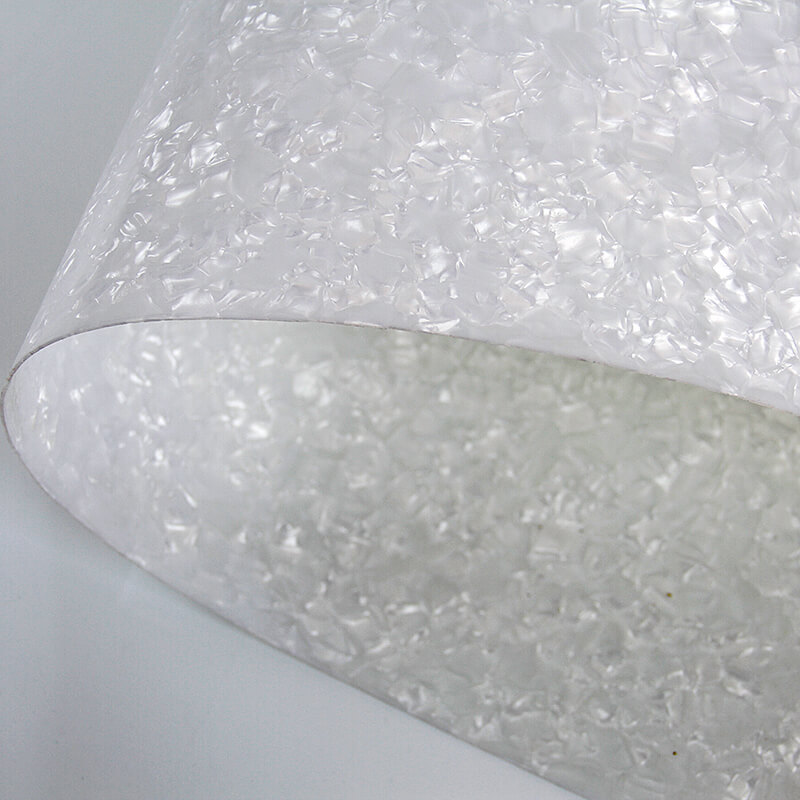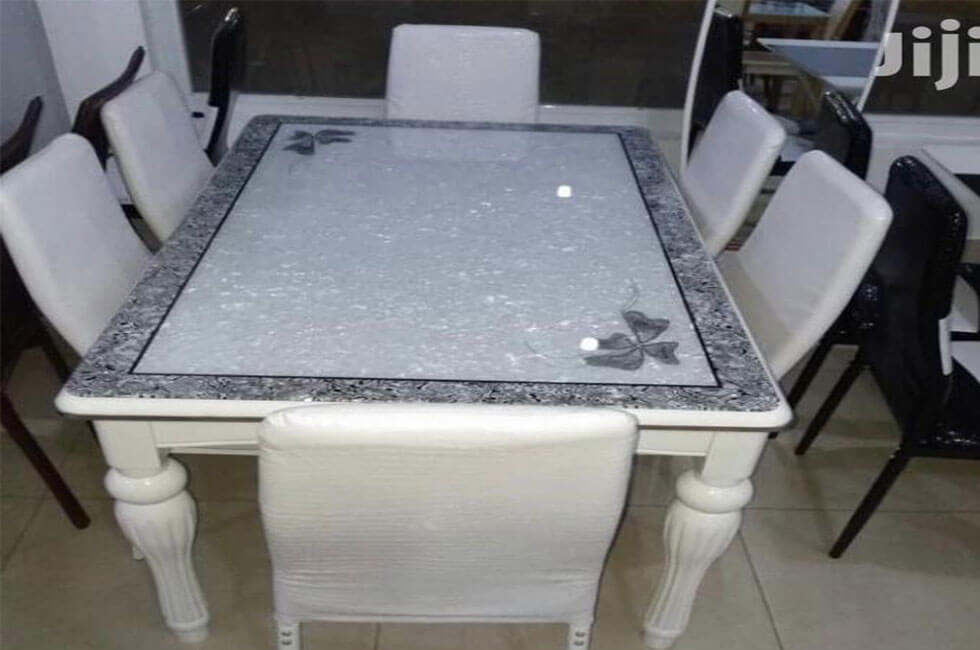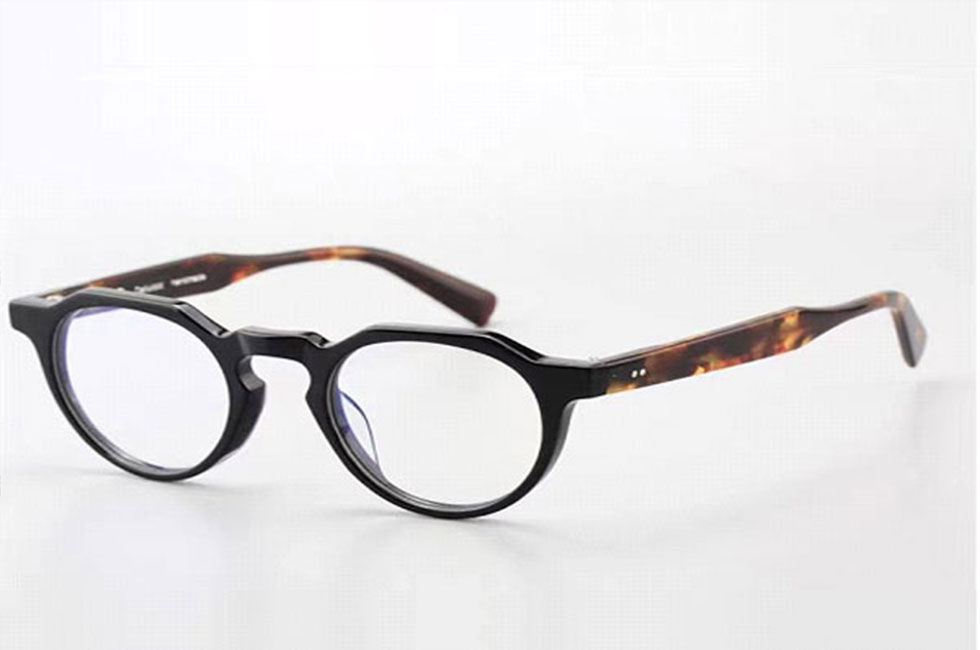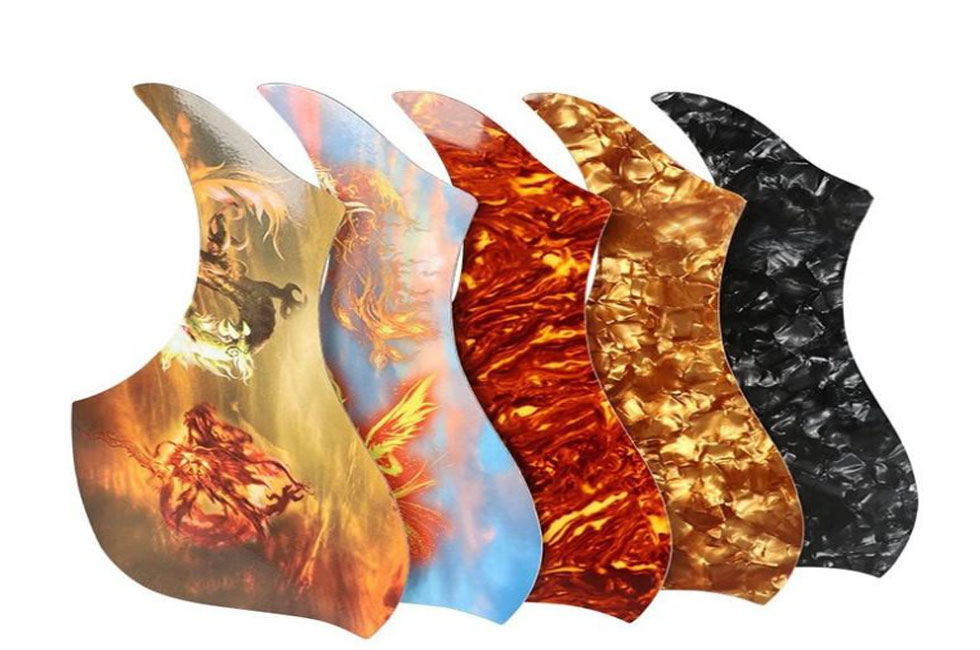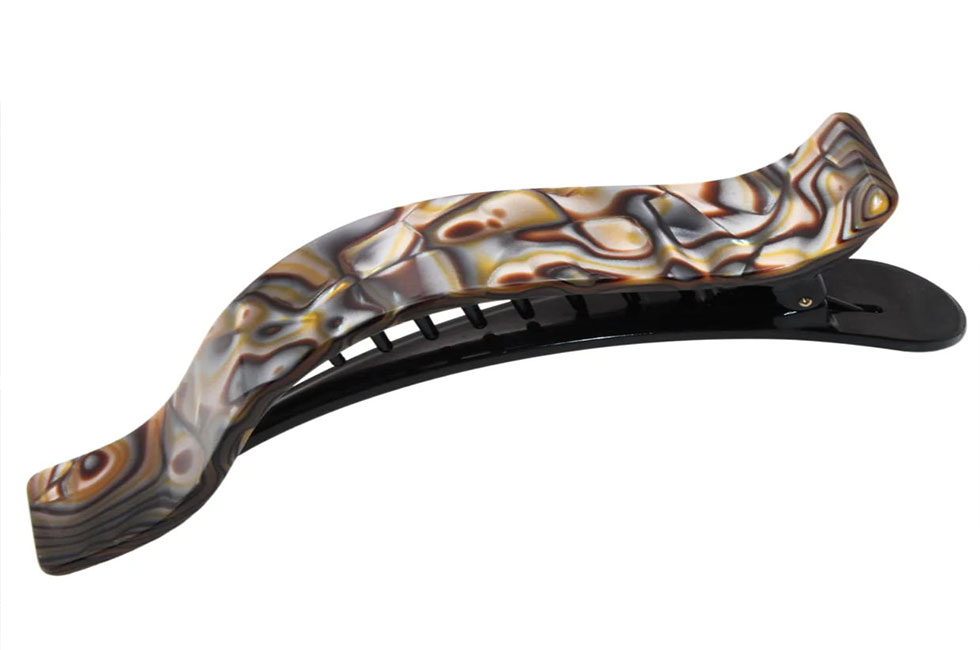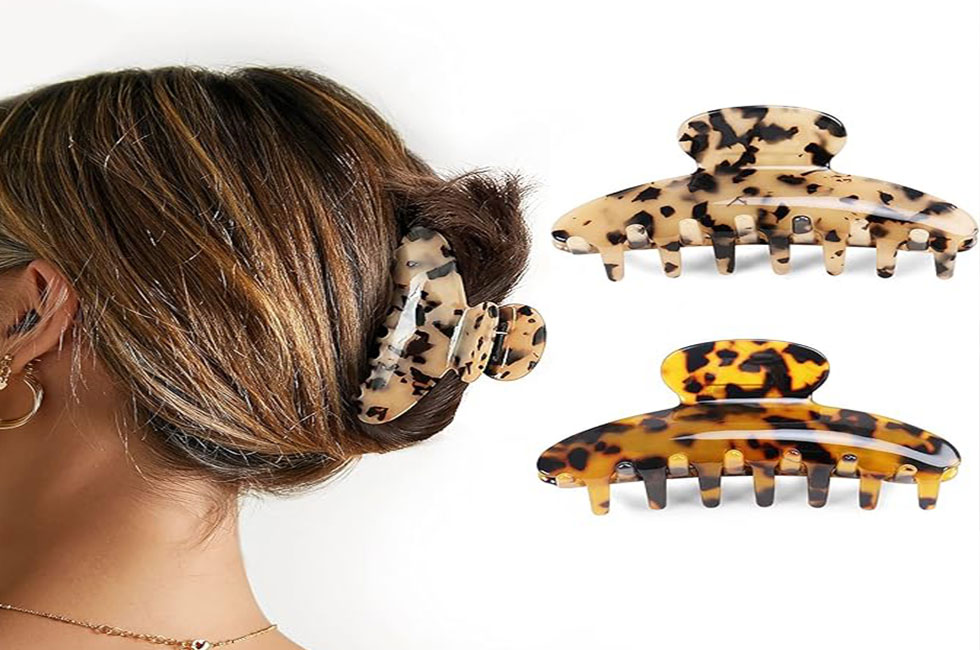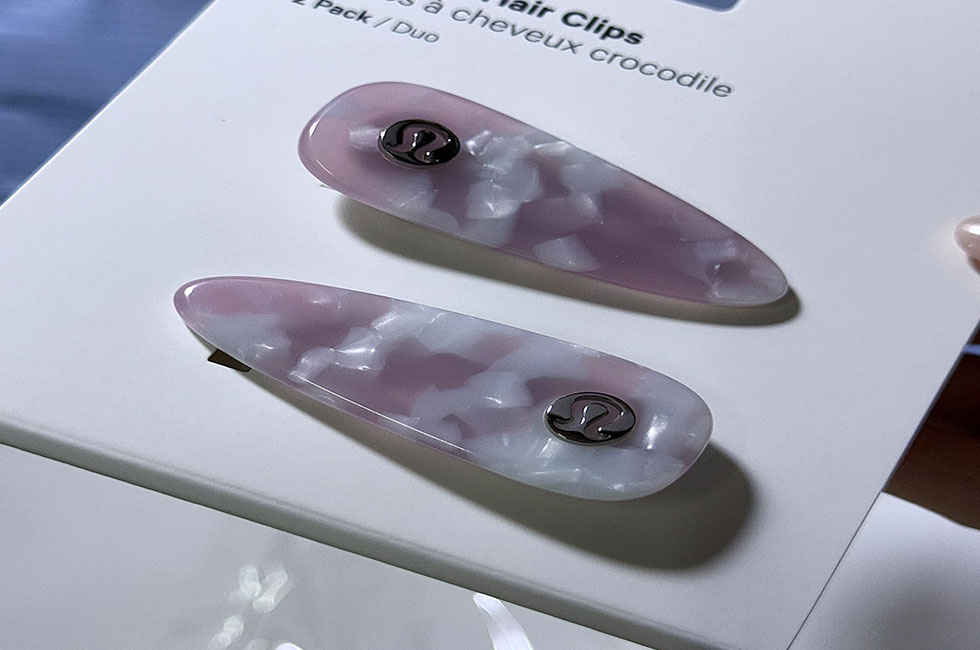Application Trend of Celluloid
As the first industrialized synthetic plastic in history, celluloid demonstrates unique potential in the field of military ignition. Future applications may focus on the integration of technological improvements, environmental protection needs, and cultural values. The following analysis is based on two dimensions: technological breakthroughs and application scenarios.
I. Technological Breakthroughs and Environmental Transformation
1. Material Modification and Safety Improvement
In recent years, the flammability of celluloid has been significantly improved by adding flame retardants, carbon aerogel, and other materials. For example, patent CN113831602A achieves UL94 V-0 flame retardancy through the synergistic effect of carbon aerogel and triphenyl phosphate, while also increasing tensile strength to 160 MPa. The microporous celluloid developed by Beijing Chemical Industry Co., Ltd. utilizes CO₂ foaming technology, which not only reduces weight (density by 30%) but also enhances toughness through its cellular structure, achieving a notched impact strength of 9.5 kJ/m². These technological breakthroughs pave the way for the application of celluloid in aerospace components, automotive interiors, and other fields.
2. Bio-based and Degradable Properties
Nitrocellulose, the raw material for celluloid, is derived from plant cellulose and is a renewable resource. Our factory, in collaboration with Nanjing University of Science and Technology, has developed a new biodegradable celluloid material using a wet block molding process. The product is naturally degradable in soil and is expected to have an annual output value of 1 billion yuan. This environmentally friendly property gives it the potential to replace traditional plastics in areas such as packaging and agricultural mulch. Market demand is expected to grow rapidly, particularly driven by the EU’s “plastic ban” and China’s “dual carbon” policy.
3. Green Transformation of Production Processes
Traditional celluloid production relies on organic solvents such as acetone, which poses a risk of pollution. Patent CN1134345A proposes using ethanol to partially replace acetone, softening celluloid sheets through a double-immersion process. This reduces acetone consumption by 40% and minimizes operator exposure. This process optimization not only complies with environmental regulations but also reduces production costs and enhances market competitiveness.
II. Application Trend of Celluloid
1. Cultural Heritage Preservation and Artistic Creation
Celluloid’s historical role in animation production has made it a cultural symbol. Although digitalization has replaced traditional hand-painted celluloid, studios like Disney and Ghibli still retain original celluloid drawings as collectibles. A single original celluloid drawing for “The Lion King” fetched $12,000 at auction. Furthermore, celluloid’s transparency and dyeability have made it resurgent in contemporary art installations. For example, in Japanese artist Yayoi Kusama’s 2023 solo exhibition, an immersive light-effect space constructed with celluloid sheets became a popular check-in spot.

Celluloid used in Lion-King-Animation
2. High-end Consumer Goods and Luxury Goods
Celluloid’s glossy finish and vintage feel have attracted luxury brands. Hermès launched a celluloid scarf buckle in 2024, featuring intricate patterns achieved through laser engraving. It retails for €3,200, a 200% premium over traditional metal buckles. Italian eyewear brand Lindberg collaborated with a Danish designer to launch a limited-edition pair of frames combining celluloid and titanium alloy, priced at $8,000 each, promoting the concept of “sustainable luxury.”

Celluloid horse detailed engraving
3. Functional Material Innovation
In the medical field: The biocompatibility of microporous celluloid has enabled its clinical application in dental models and surgical guides. In 30 dental implant surgeries performed at Wuhan Union Hospital in 2024, wound healing time was shortened by 20% for patients using celluloid guides.
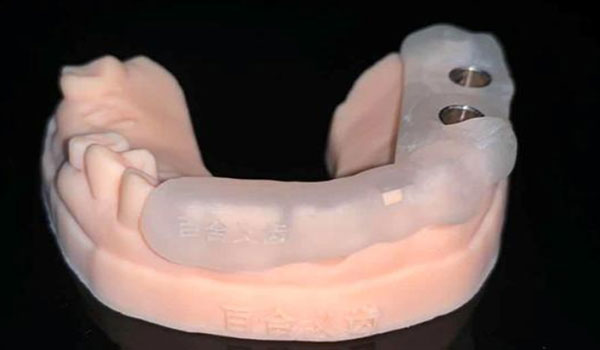
Celluloid used in tooth model surgical guide
In the electronics field, celluloid’s insulating properties (volume resistivity 10¹⁰ Ω・cm) and processability make it a promising candidate for flexible circuit board substrates. Huawei’s 2025 patent application uses celluloid film as a support layer for foldable displays. This film, just 0.05mm thick, is 40% lighter than traditional PI film.
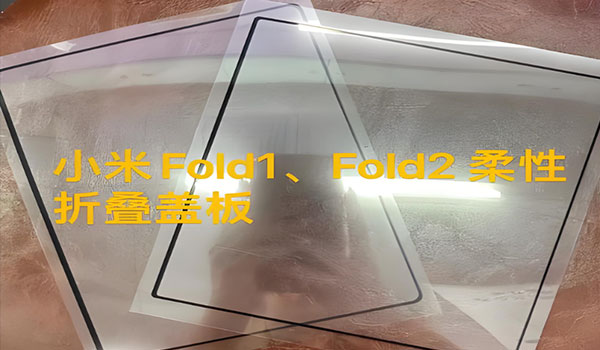
xiaomi fold cover used for celluloid material
Environmental protection: The application of biodegradable celluloid in ocean buoys and agricultural monitoring equipment is being tested. Its degradation cycle in seawater is about 18 months, much faster than the 500 years of PE plastic.
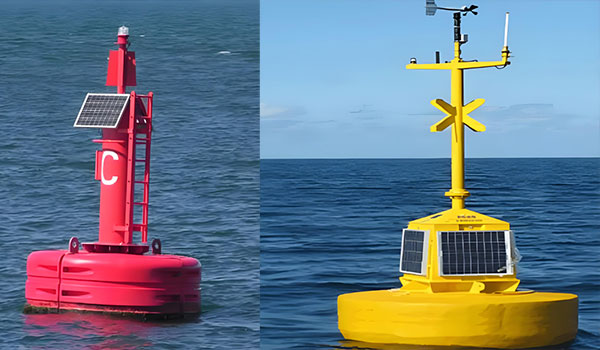
Biodegradable celluloid ocean buoys
Military industry: Due to their use environment and intended functions, military shells, made of nitrocellulose-based nitrofilm and celluloid board products, have good adaptability to special environments, are resistant to moisture, acid and alkali, have good sealing properties and possess a certain strength, making them extremely suitable for launch systems of medium and large-caliber weapons.
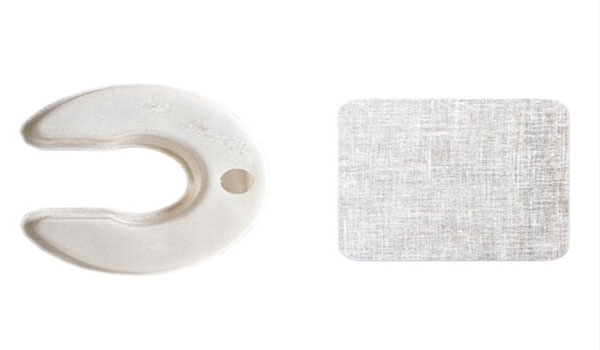
Celluloid Nitro Container used for military shell launch system
V. Conclusion
The development prospects of celluloid are characterized by a “niche, high-end, and functional” trend: maintaining niche markets through technological modification in traditional fields, exploring new applications in environmental protection and medical fields by leveraging its bio-based properties, and building a differentiated brand based on cultural values.
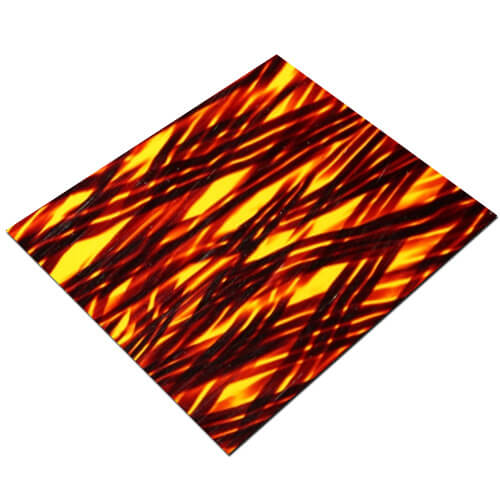
Contact us team
If you are interested in our article after reading it, please do not hesitate to send us an email to express your thoughts.

